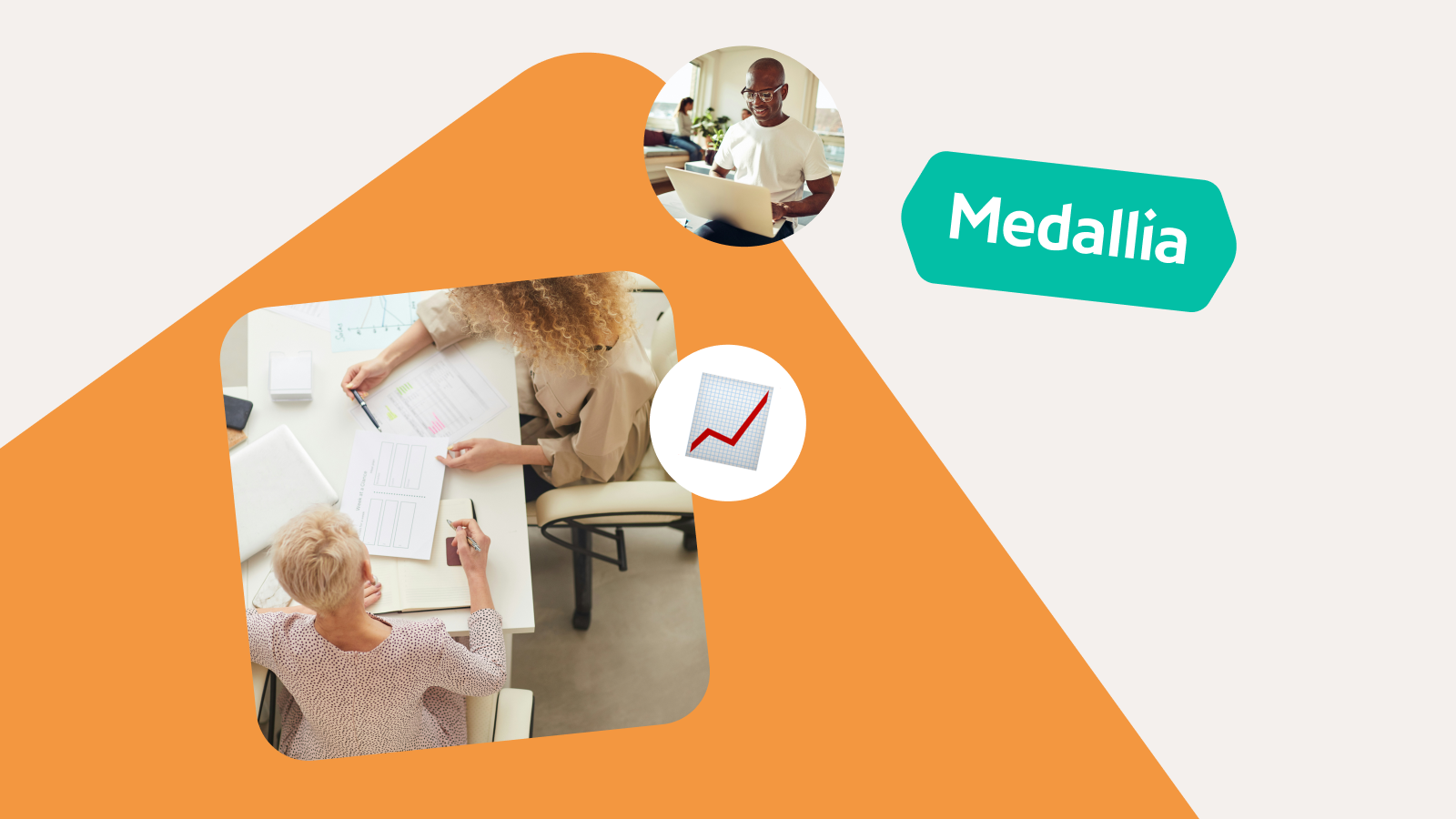Employee Experience Strategy 101: The Simple Steps to Launch an EX Program
September 12, 2022
Employee Experience
Launch an employee experience program to engage with and motivate employees, which ultimately leads to a reduction in turnover, an increase in morale, and the creation of better experiences for your customers.
It’s long been said that a great customer experience starts with a great employee experience. We can’t expect employees to provide memorable experiences for customers if they don’t know what such experiences look like.
“Employee behavior is customer experience, and if employees aren’t having exceptional, high-quality experiences themselves as employees, then the likelihood of them delivering great customer experiences is very low,” says Nina Bianchi, Solutions Principal, Public Sector, at Medallia.
Think of the last time you visited a fast-food restaurant. Was the employee behind the counter smiling and welcoming, or did it look like you were interrupting their otherwise pleasant day by wanting to place an order?
Remarkable customer experience is delivered by human beings, and the good news is that no other company has your human beings. That means that you can provide customer experience that no one else can — as long as you start with outstanding employee experience.
Launch an Employee Experience Program to Develop an Engaged, Collaborative Workforce
Keep employees feeling good about your company, and they’ll pass on that feeling to customers.
Happy employees stay longer, save money in the long run, and refer their friends. Likewise, happy customers stay longer, spend more in the long run, and refer their friends.
“The more engaged your employees are, the more they’re going to go the extra mile for your customers,” says Grace Black, Group Director, Employee Experience Advisory, at Medallia.
According to The Ultimate Guide to Building an Employee Experience Program, building an employee experience strategy is much like building a customer experience strategy. Key steps to launch and advance an EX program include:
- Aligning your program to your organization’s vision and mission
- Listening, both directly and indirectly, across multiple channels
- Involving as many parts of the organization as possible
- Collecting, analyzing, and acting on data
- Empowering people to solve problems
- Understanding that innovation can come from anywhere
- Calculating the ROI to gain executive buy-in
In other words, a solid employee experience strategy is much more than issuing a once-a-year employee engagement survey. It’s about collecting continuous feedback through surveys, check-ins, and informal conversations, and then making continuous improvement in the experience.
This includes looking for indirect “signals” from employees, such as PTO usage, performance reviews and responses, helpdesk transcripts, and more.
Medallia found that the difference between EX leaders and laggards lies not in traditional areas like training, career development, onboarding, or technology, but in rapidly changing and sensitive topics such as:
- Diversity and inclusion
- Workplace services or amenities
- Health and wellness
- Personal needs or life events
Today, with people working longer and the oldest members of Generation Z having recently graduated college, many companies have five generations of employees working for them.
Each of the five generations — the Silent Generation, Baby Boomers, Generation X, Generation Y, and Generation Z — works differently, prefers different methods of communication, has different attitudes toward technology, and is focused on different career goals.
To develop the most productive workforce, companies must be cognizant of different types of employees and their needs. These needs may include work schedules, family commitments, working from home versus in person, dress code, subject matter expertise, familiarity with certain marketing or customer service channels, and more.
Mentoring and “reverse-mentoring” programs can also help build skill sets across generations and make everyone feel like they have something to contribute.
Employee Experience is Now More Important Than Ever
Covid-19 and the Great Resignation have put an even greater focus on employee experience and the need to launch an EX program. Many workers report being busier during the day while working from home, foregoing lunch breaks, and skipping the daily commute. Of course, that presents a different issue, which is that employees need to find time to exercise, relax, or otherwise “turn off” work to maintain their sanity.
Here are some best practices for ensuring that employees feel like their employer has their back:
- Always allow employees to prioritize taking care of their families first. Whether it’s an illness or a life event, the work can usually wait while employees attend to the most important people in their lives.
- Understand that working from home with kids and pets is a challenge, and workers are doing the best they can.
- Encourage employees to take wellness breaks during the day and to turn off their computers at night.
- Empower employees to creatively solve customer issues within established guardrails. “If employees don’t have the resources or permission from management to solve customer problems, then that eventually filters down to poor customer satisfaction scores,” says Diane Daum, Senior EX Advisor at Medallia.
- Allow employees to make any (legal) mistake once, as long as they learn from it.
Customer experience and employee experience are like an infinity symbol (∞). When employees are happy, they better serve customers, thereby making those customers happy.
When customers are happy, it makes employees’ jobs more fun and satisfying, thereby making them happy too.
It’s a continuous process that can build on itself, which is why companies known for a great customer experience are also known as being great places to work.
Your company’s two biggest assets are its employees and its customers. Start by focusing on one, and you just may be able to enhance both at once.
Build your EX program with step-by-step instructions from leaders who’ve done it before — download Expert Insights: The Ultimate Guide to Building an Employee Experience Program. Find out how to launch and advance a program that drives results, from getting buy-in from leadership to implementing initiatives that turn employee feedback into actionable insights.






